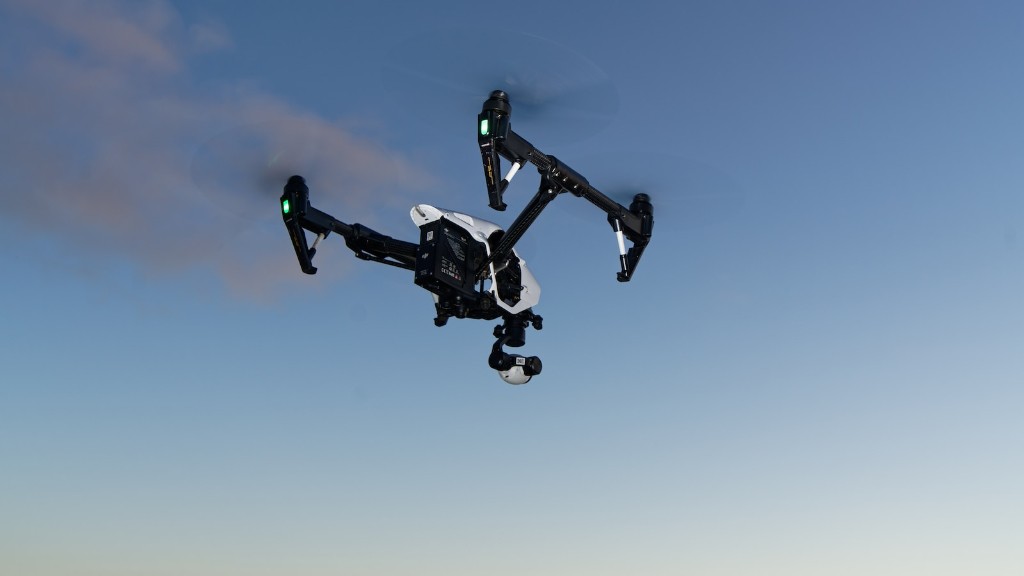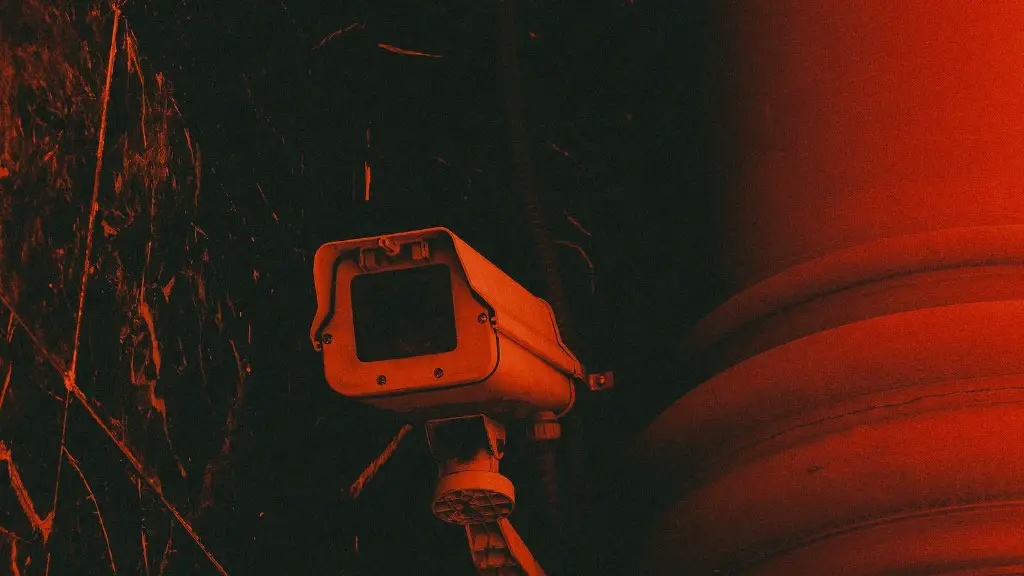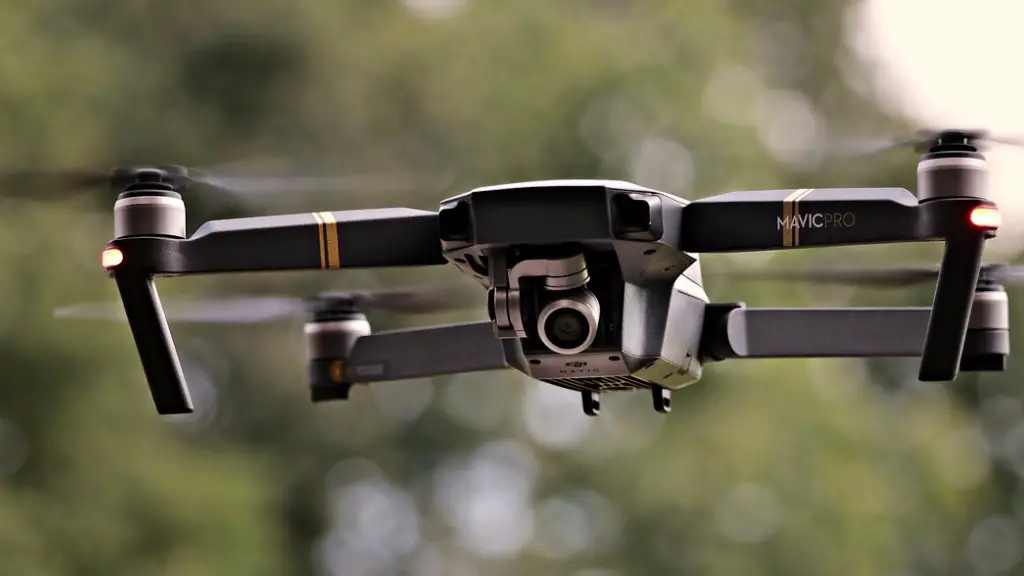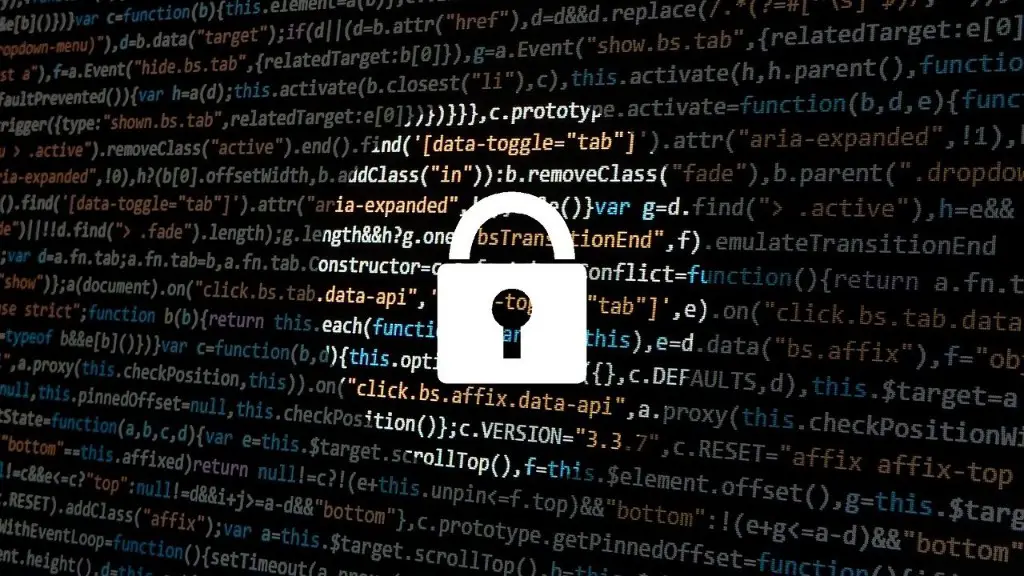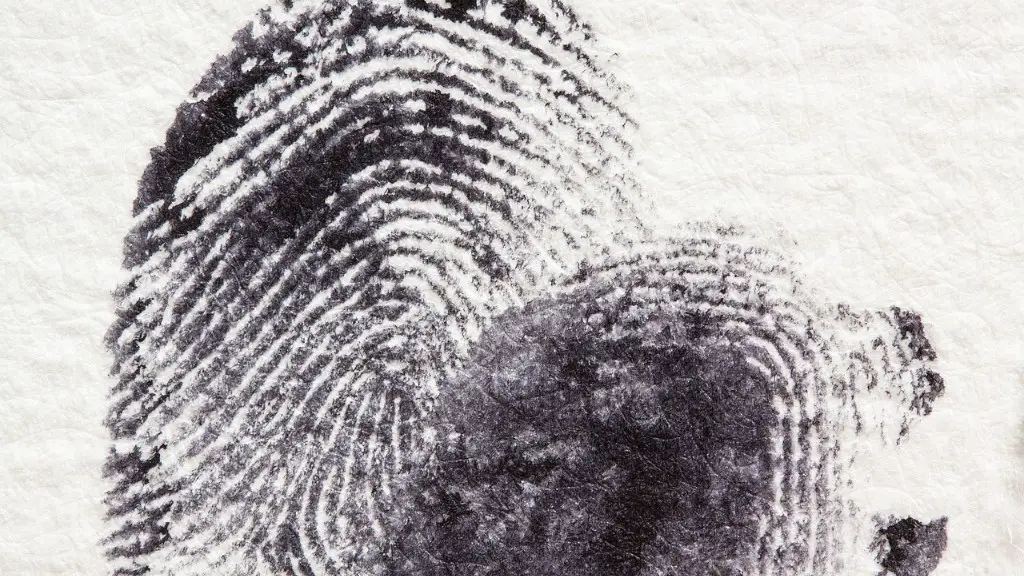The CIA number is a unique 14-character code that identifies a consumer’s credit or Debit card for merchants and banks. It stands for Credit Identification Authorization and is also known as the Card Identification Number or Credit Identification Digit.
The number, which is usually printed on the card-not embossed, is used to ensure that the cardholder is who they say they are and are in the proper possession of the card. It is a three-digit number that identifies the issuer of the card and the individual cardholder. The card’s intended purpose is fraud protection
The first three digits of the CIA number are under the jurisdiction of the International Organization for Standardization (ISO), which sets the standards for international data exchanges. The first three digits also determine the type of card. For instance, the CID number may indicate a MasterCard or Visa. The second set of three digits is the country code. This is the country in which the card was issued. The third set of three digits is the financial institution code. This identifies the bank or other financial institution that issued the card. The fourth and last set of four digits is the individual account number assigned to the cardholder.
The number is used to distinguish the identity of a card holder. It is also used by businesses to differentiate between legitimate customers and potential fraudsters. By using the CIA number, customers can be verified quickly and accurately without the need to manually enter the customer’s credit or debit card information.
When making purchases online or over the phone, customers often need to provide the merchant with their card’s CID number in order to process their sales. This is also true when a customer applies for a new card or when a business or individual needs to seek a refund for a customer’s purchase. This is why it is extremely important for customers to keep their CIA numbers securely stored and guarded.
Unfortunately, the CIA number has also been used by malicious actors to commit identity fraud. By collecting these numbers from unsuspecting customers and combining them with personal information such as names, home addresses and phone numbers, fraudsters can easily impersonate their victims.
In order to protect yourself from identity theft, experts suggest that customers avoid giving out their CIA numbers to businesses they don’t know or trust. If a customer is unsure about a business’s legitimacy, it is best to do some research before handing over sensitive information. Additionally, customers should avoid storing personal data, including CIA numbers, on their devices or in an unsecured location.
What Is The Benefit Of The CIA Number?
The CIA number offers several benefits when used correctly, including faster and safer transactions, greater convenience, and improved security. For example, when customers use their cards to make online or telephone purchases, the merchants can be sure that the customers are not engaging in fraudulent activities because all the necessary information is already in the cardholder’s possession. The CIA number can also help protect customers from identity theft, as it is difficult for fraudsters to impersonate someone with a unique 14-character code.
The CIA number also makes it much easier for businesses to verify customers and process payments. Instead of having to manually enter the customer’s credit or debit card information, businesses can quickly and accurately verify the identity of customers by entering the card’s CID number. This reduces the potential for mistakes and increases the speed and efficiency of the transaction.
Finally, the CIA number also makes purchasing items easier for customers. Instead of needing to manually enter the credit or debit card information every time they make a purchase, they can simply provide the 14-character CIA number, making their experience more convenient and enjoyable.
What Are The Drawbacks?
Although the CIA number provides several benefits, it also has some drawbacks. For instance, some fraudsters have been able to obtain CID numbers from unsuspecting customers and use them to commit identity theft or credit card fraud. This is why customers need to be very careful about sharing their card information with businesses they do not trust.
Additionally, some businesses may not accept the CIA number as a form of payment because of the associated risks. In these cases, customers may need to enter their credit or debit card information manually in order to complete their sales.
Finally, the CIA number is not universal and is limited to certain markets and countries. Therefore, customers should always check with the merchant to ensure that the card is accepted in that particular country.
Is The CIA Number Secure?
The CIA number is relatively secure as long as customers take the proper precautions to protect their data. Customers should always keep their cards in a secure location, regularly check their bank statements to spot any unusual activity, and never share their card information with a business they do not trust.
It is also important to remember that the CIA number is not a panacea for security. It is simply a tool that can help reduce the risk of fraud and more easily verify customer identity. Therefore, customers should still take other security measures such as regularly changing their passwords and using two-factor authentication.
Are There Alternatives To The CIA Number?
Although the CIA number is a widely used form of card authentication, there are several other methods that businesses can use to verify customer identity. For instance, many businesses now offer customers the option to use their mobile phone as a form of authentication. Instead of providing the card’s CID number, customers can use their mobile phones to authenticate their transactions.
Banks also offer their customers the option of using a one-time PIN code as a form of authentication. The PIN is a unique number that is sent to a customer’s mobile phone, which they must then enter when making an online transaction. This is an additional layer of security, as the PIN must be entered before the payment can be processed.
Finally, some businesses offer biometric authentication, which involves using a customer’s fingerprint or facial recognition to verify their identity. This form of authentication is extremely secure, as it uses a customer’s unique biological characteristics to authenticate the transaction.
What Are The Legal Implications Of The CIA Number?
The use of the CIA number is regulated by multiple laws and regulations, such as the Payment Card Industry Data Security Standard (PCI-DSS), which provides guidelines for the secure storage and transmission of credit and debit card information. The PCI-DSS also sets forth the requirements for companies to protect their customers’ card data.
In addition to the PCI-DSS, the General Data Protection Regulation (GDPR) also affects the use of the CIA number. GDPR is a regulation that requires businesses to disclose how they collect and process customer data. Businesses must also take measures to ensure that customer data is used securely and is not used for non-essential activities.
The use of the CIA number is also affected by local laws, such as those in the European Union, which requires businesses to provide customers with clear information about how their data is stored and processed. Additionally, businesses must obtain customers’ explicit consent before processing their card data.
What Is The Future Of The CIA Number?
The use of the CIA number is likely to continue in the years to come, although new technologies and regulations are likely to be introduced to increase security and reduce the risk of fraud. As mentioned, biometric authentication technology is already being used by some businesses and is likely to become more widespread over the coming years.
The use of blockchain technology is also likely to become more common, as it offers customers a more secure way to store and use their card information. Finally, the introduction of new regulations, such as the GDPR, could potentially spur businesses to develop more secure methods of verifying customers.
What Are The Best Practices For Protecting Card Data?
In order to protect card data, businesses should always store the card’s CID number in an encrypted format and ensure that it is only used for the necessary transactions. Additionally, businesses should take steps to ensure that customer data is not stored in an unsecured location or on any devices that can be easily compromised.
Businesses should also use two-factor authentication when processing orders and require customers to provide additional information such as their home address or contact number before processing their transaction. Additionally, businesses should ensure that their internal systems are regularly updated and upgraded, as older systems can be easily exploited by malicious actors.
Finally, businesses should also be aware of the laws and regulations that apply to their industry and take steps to ensure that they comply. By understanding and following the regulations, businesses can minimize the potential risk of fraud and ensure that customers’ data is secure.
